Developing a SaaS Application
For many businesses, providing services online is more than just a marketing trend. This creates new opportunities for businesses, allowing them to rapidly expand their customer base, enter new markets, and increase their revenue. Moving online has also become more valuable to software developers. Companies that have long provided solutions in the form of licensed software are transforming them into SaaS applications and enhancing them with cloud technologies.
The adoption of SaaS cloud technologies is accelerating. According to BetterCloud’s State of SaaSOps research, the average rate of SaaS apps used by businesses has increased fivefold between 2017 and 2020. Furthermore, by 2025, only 15% of all companies’ software will be non-SaaS.
Businesses in any industry can now use SaaS to power their digital solutions, from retail to marketing, finance, and healthcare. In this article, we’ll dig deeper into SaaS and explain what SaaS applications are, why many businesses use SaaS application development services, and how to create a successful SaaS product.
What is a SaaS Application?
Software as a service, or SaaS, is a new business model that is gaining popularity among software providers. Software developers use this model to host their applications in the cloud and deliver them to end users on demand. It means that instead of selling lifetime licenses to their programs, software providers now offer their services on a subscription-based model that is paid yearly or monthly. Meanwhile, SaaS users do not need to install any software and can access it from multiple devices using a single account via an Internet browser or APIs.
More and more businesses are considering converting their software to SaaS because this model allows them to reach a larger audience. For example, technological behemoths such as Atlassian, Salesforce, HubSpot, DropBox, Adobe, and many others have become more accessible to SMEs and individual users by charging only a small fee to use high-quality and feature-rich products.
Types of SaaS Applications
SaaS applications are found in a wide range of industries. However, this model is not applicable to all services. For example, if a company offers a one-time service, convincing customers to purchase a monthly or yearly subscription will be difficult. As a result, SaaS is an excellent choice for businesses that provide regular services.
SaaS applications are typically classified into two types: B2B (business to business) and B2C (business to customer). Let’s take a closer look at the two types and the SaaS apps that can be built for them.
SaaS applications for B2B
There is a wide range of applications that can be built SaaS for B2B services. They usually include:
- Enterprise resource planning systems (ERPs) – is enterprise software for managing complex processes in companies. It can include various modules, depending on a particular company’s demands, e.g. inventory, supply chain, accounting management, CRM and HRM systems, and many others.
- Customer relationship management software (CRM) – is a popular SaaS solution many businesses choose to effectively maintain and manage their customer base. This type of software helps businesses monitor marketing campaigns, quickly serve their customers, track product delivery, and much more.
- Human resources management software (HRM) – is the software used by resources departments for managing staff from gathering data about present and potential employees, to benefits management, to the estimation of employees’ performance, and more.
- Ecommerce apps – this software allows online e-commerce businesses to manage their services and workflows, including supply chain management, inventory control, payment processing, automated invoicing, and everything needed for a successful e-commerce platform operation.
- Project management tools – SaaS project management tools are a popular solution many businesses opt for to effectively estimate and manage their projects. These tools allow teams to stay on track with the latest project updates while keeping the project budget and timeline under control.
- Collaboration tools – since the Covid-19 pandemic outbreak, online SaaS collaboration tools soared in popularity. Many teams moved online and started using video conferencing platforms, collaborative software such as Google sheets, messaging working apps, and more.
- Marketing software – is a SaaS application that helps marketers create, launch, and track their marketing campaigns on various platforms online. Using marketing software, businesses can monitor their performance online and better adjust their offerings to customer demands.
SaaS applications for B2C
As mobile internet became more common and more people began accessing it on a daily basis from virtually anywhere, the number of online services began rapidly expanding and growing in popularity. Today’s most popular general public cloud-based applications are:
- Streaming platforms – American streaming services like Netflix and Spotify are used far beyond the US borders. People from all around the world can watch videos and listen to music from practically anywhere. Of course, streaming services aren’t limited only to these tech giants and there are many more global and local platforms that offer this type of service.
- Graphics, video/audio, and text editors – online translators, image and video editing services are used by thousands and thousands of people for various purposes from blogging to personal needs, to work.
- E-learning apps – learning on the go is an efficient use of time for many e-learning app users. Therefore, online learning apps attract major audiences, allowing their followers to master their skills while they’re outdoors. E-learning apps generate substantial revenues and many startups consider this niche when building their SaaS solutions.
Advantages of Software as a Service
Traditional licensed software is losing ground to SaaS solutions in terms of competitiveness. This is due to the fact that both SaaS providers and SaaS users benefit greatly from this type of software. Here are some of the reasons why SaaS is so popular.
From a user perspective, SaaS products are:
- Accessible – cloud-based applications can be reached from anywhere, any time, and from any device, once there is a stable internet connection.
- Automatically updated – with SaaS solutions, users don’t have to deal with downloading the latest application versions and waiting till they get updated. Application providers can run automatic software updates in the cloud so that the users won’t experience any application downtimes. This way, cloud-based solutions are available for their users 24/7.
- Scalable – depending on the subscription, users can quickly scale up and down their SaaS solutions within several clicks. Therefore, they can flexibly adapt the utilized software to their current needs and reduce the costs, avoiding paying for the features they aren’t using.
- Reliable – placed in a cloud network, SaaS solutions become available even if one of the cloud servers goes down. Moreover, these applications are usually well-protected from cyber-crime as they are stored on the clouds with high regulatory compliance requirements such as PCI, HIPAA, and Sarbanes-Oxley, and have strong levels of protection, e.g. multi-factor authentication, cloud identity and access management, data loss prevention, security information and event management, disaster recovery, and more.
From business perspective SaaS solutions:
- Allow entering a wider market – SaaS applications can be accessed by any kind of business or user from any part of the world. That’s because these applications usually don’t target any specific markets and are maximally clear and user-friendly for their customers.
- Expand customer base – as SaaS solutions aren’t limited to one location or language, they effectively attract large audiences. Apart from wide SaaS dissemination they are also cheaper. Even complex and feature-reached SaaS solutions become available to businesses with limited budgets due to their minimum fees based on the subscription plans.
- Ensure stable and continuous revenue – subscriptions have proved to be a more sustainable revenue source as businesses and individual users have to pay only a small amount monthly instead of buying a full licensed version for a considerable sum. As a result, users tend to keep up with the SaaS solutions for longer as this doesn’t strain their wallets.
How to Develop a SaaS Application
Developing a SaaS application is a time-consuming and complex process. As a result, it should be well-planned and comprised of a strong team of dedicated experts. There are four critical steps that software developers must take in order to deliver a successful product.
Step 1: Planning
At this point, stakeholders can do a lot to help the planned solution succeed. They can thoroughly investigate the market, study the potential user audience, define the goal of their solution, and consider the main features they would like to include in the application before turning to a development company.
Finally, the stakeholders should have a clear vision for their app as well as a rough draft of its features, tech stack, budget, and development timeline.
The tenancy model and pricing strategy are two other factors to consider when developing a SaaS solution.
The tenancy model specifies the number of tenants who will share a single app’s database and computing resources. Each client in a single-tenant architecture has its own database, computer resources, and app infrastructure. Multiple users share these components while maintaining separate accounts in the multi-tenant architecture.
The pricing strategy focuses on the fees associated with using the SaaS solution. There are numerous pricing models that stakeholders can consider including in their application, some of which are as follows:
- Freemium model – when a company provides free and premium subscriptions to its users. This way, the company attracts its audience with free offerings and then tries to convert the free users into paid ones by introducing a wider range of options for a small payment.
- Pay as you go model – this model is a viable option for those companies that want to flexibly scale their solutions by adding the features they need. The more features customers add to their solutions the more they pay for the service.
- Tiered pricing – tiered pricing consists of pre-set packages users choose based on their requirements and budget. The revenue in this type of pricing is more predictable for the service providers, that’s why many opt for this pricing model.
Step 2: Design and Development
The design and development stage is the most important part of the application development process. It has three stages: documentation preparation, application design, and architecture development.
Several meetings are held during the documentation preparation phase to clarify project details and prepare various technical and legal documents such as a software development contract, a non-disclosure agreement (NDA), software requirements specification (SRS), risk assessment plan, cost estimate, and more.
The application design process entails creating application mock-ups and considering the UI/UX design of the requested solution. The app should strive to provide only essential features that are easily accessible via mobile phone or computer. As a result, users can access the app from home, work, or wherever they are.
It is critical to select the appropriate tech stack and cloud during the architecture design phase. A tech stack is built based on the technical requirements of the application and may include several programming languages, frameworks, and libraries. The most commonly used languages and frameworks for SaaS development are typically:
Product owners must consider the flexibility, scalability, security, and pricing of cloud servers when deploying the requested solution.
Step 3: Testing and Deployment
When developing SaaS applications, software developers frequently use the Agile approach, in which application testing occurs concurrently with product development. They ensure that the resulting product has no major or blocking issues and is ready for market launch in this manner.
Developing applications in Agile collaborations is a common practice, particularly when creating complex solutions such as cloud-based software. As a result, many software developers prefer to begin with an MVP. A minimum viable product (MVP) includes the most important features that can meet the basic needs of its users. MVPs are simple to test and bring to market. Furthermore, MVP software developers can use it to create solutions that closely match the end-user and customer business requirements.
Step 4: Maintenance and Optimization
Once the SaaS application is made available to users, software developers concentrate on its performance and look for ways to improve the requested solution. They can add or remove features, identify aspects that could be improved to make the application run more smoothly, and so on.
If a company already has a developed solution and decides to develop and switch to a SaaS, migrating from on-premise to cloud will be a significant portion of the work. It will define the migration options, the amount of data to be transferred to the cloud, the server type, downtime issues, and other factors.
Conclusion
Developing a SaaS application is a difficult but rewarding endeavor. This is due to the numerous benefits that cloud-based software provides to businesses and their customers. It provides users with mobility, flexibility, and lower pricing, while businesses benefit from stable income and rapid expansion into new markets. SaaS development necessitates a great deal of experience and knowledge. As a result, businesses considering building their applications as SaaS require a dedicated software development team that is well-versed in their field. We are prepared to provide you with SaaS development experts as well as full-fledged teams with extensive experience in international software development markets. Please contact us if you have any questions about your cloud-based development project.


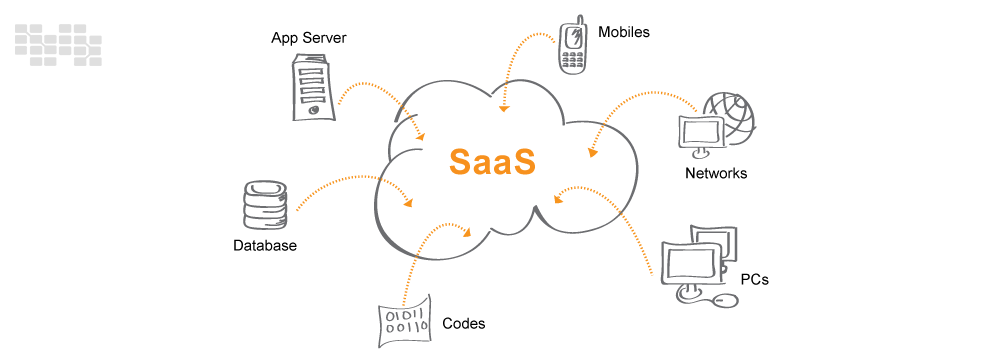

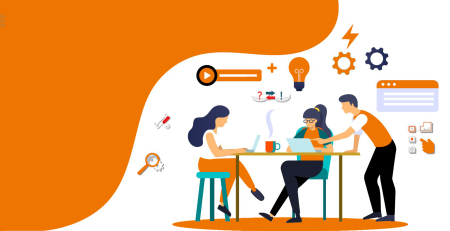
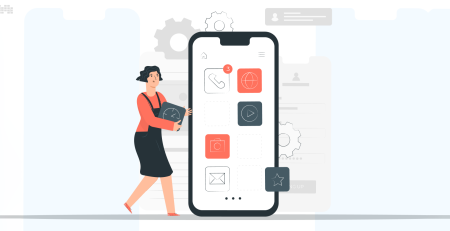
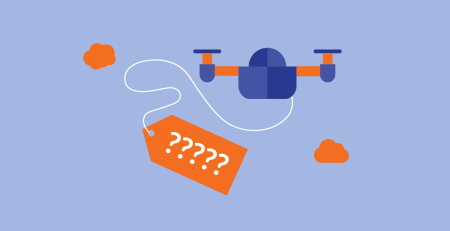
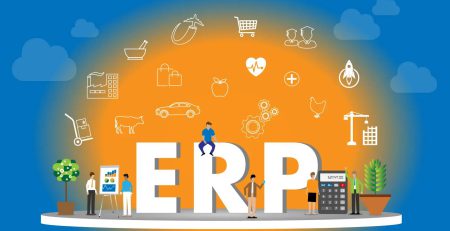
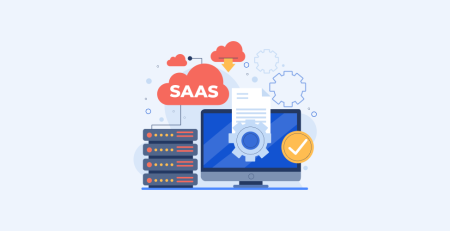
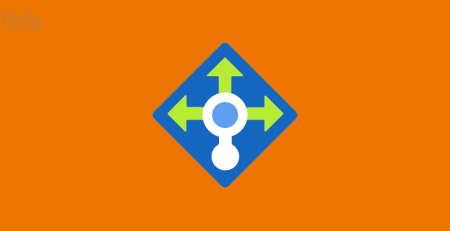
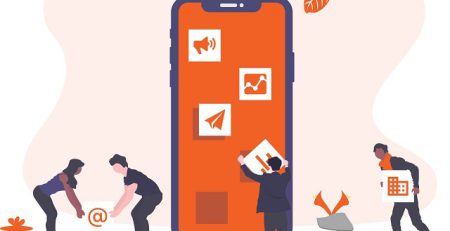
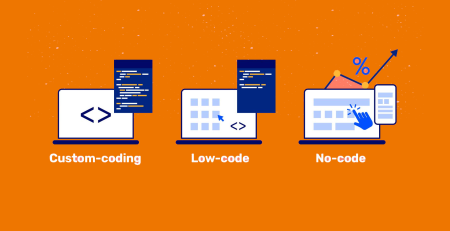
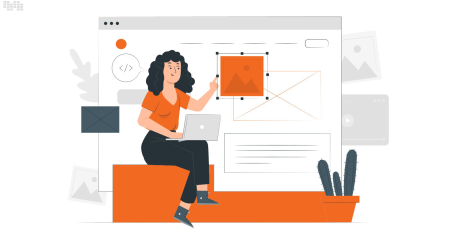
Leave a Reply